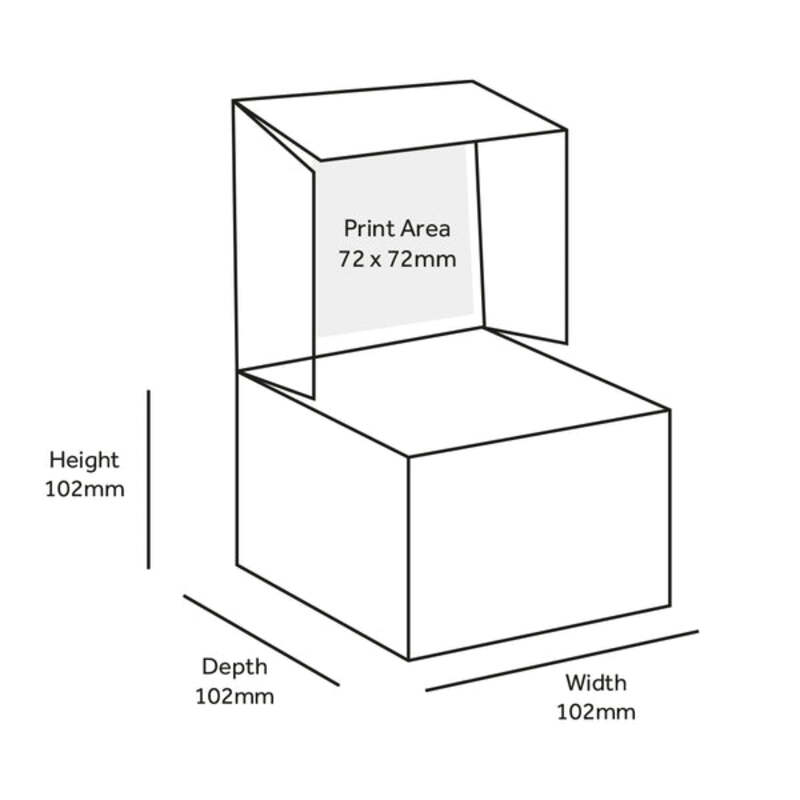The Art of Tote Bag Printing A Blend of Functionality and Fashion
Tote bags have come a long way from being simple, utilitarian carriers to becoming fashionable and stylish accessories. The trend of tote bag printing has exploded in popularity as people seek to personalize their belongings and showcase their unique style. With the rise of eco-conscious consumers, the demand for customized, reusable tote bags has never been higher. In this article, we will explore the multifaceted world of tote bag printing, its various techniques, and the benefits it offers to both consumers and businesses.
Why Choose Tote Bags?
Tote bags are designed for versatility and convenience. They are perfect for a variety of uses, such as grocery shopping, beach trips, school, work, or as an everyday carry-all. Their spacious interiors can accommodate a variety of items, making them functional and practical. With the growing awareness of environmental issues, many consumers are shying away from single-use plastic bags, opting for reusables instead. This shift has positioned tote bags as an eco-friendly alternative that blends fashion with sustainability.
Customization and Creativity
One of the most significant advantages of tote bags is the ability to personalize them through printing. The tote bag printing process allows individuals and businesses to express their creativity and brand identity. From bold graphics and intricate illustrations to simple logos and text, the possibilities are endless. Customization options can cater to a wide array of audiences, including artists looking to promote their work, businesses seeking branded merchandise, and individuals wishing to make a fashion statement.
Printing Techniques
There are several printing techniques available for customizing tote bags, each with its advantages and unique characteristics
totebag printing

1. Screen Printing This traditional method involves pushing ink through a stencil on a mesh screen. It is popular for large runs due to its cost-effectiveness and the durability of the prints. However, it is less suitable for designs with intricate details or multiple colors.
2. Digital Printing Also known as direct-to-garment (DTG) printing, digital printing allows for complex designs with high-resolution images and an unlimited color palette. This method is ideal for smaller quantities and intricate designs, making it a favorite for artists and small businesses.
3. Heat Transfer This method involves printing the design onto a special transfer paper and then applying heat to transfer the ink onto the fabric. This technique is versatile, allowing for both one-off designs and larger production runs.
4. Embroidery Although not a printing method in the traditional sense, embroidery adds a touch of elegance and texture to tote bags. Logos and designs are stitched directly onto the bag for a durable and refined finish, making it a popular choice for corporate giveaways.
The Market for Tote Bag Printing
The market for tote bag printing has been steadily growing. As more consumers look for sustainable options, businesses are jumping on the bandwagon by offering branded tote bags as promotional items. Events such as trade shows, conferences, and music festivals are prime opportunities for companies to provide tote bags, creating brand visibility while promoting eco-friendly practices. Moreover, e-commerce platforms now enable independent artists to design and sell customized tote bags, further fueling this growing industry.
Conclusion
Tote bag printing is more than just a trend; it represents a shift towards sustainable consumerism and personal expression. Whether utilized as a marketing tool for businesses, an artistic venture for creators, or a practical accessory for everyday use, printed tote bags are redefining how we view functionality and fashion. As technology evolves and printing techniques advance, the possibilities for customization will only expand, making tote bags an exciting medium for creativity and eco-conscious living. With their unique blend of style and utility, tote bags are here to stay, and the art of printing them will continue to thrive in the years to come.



